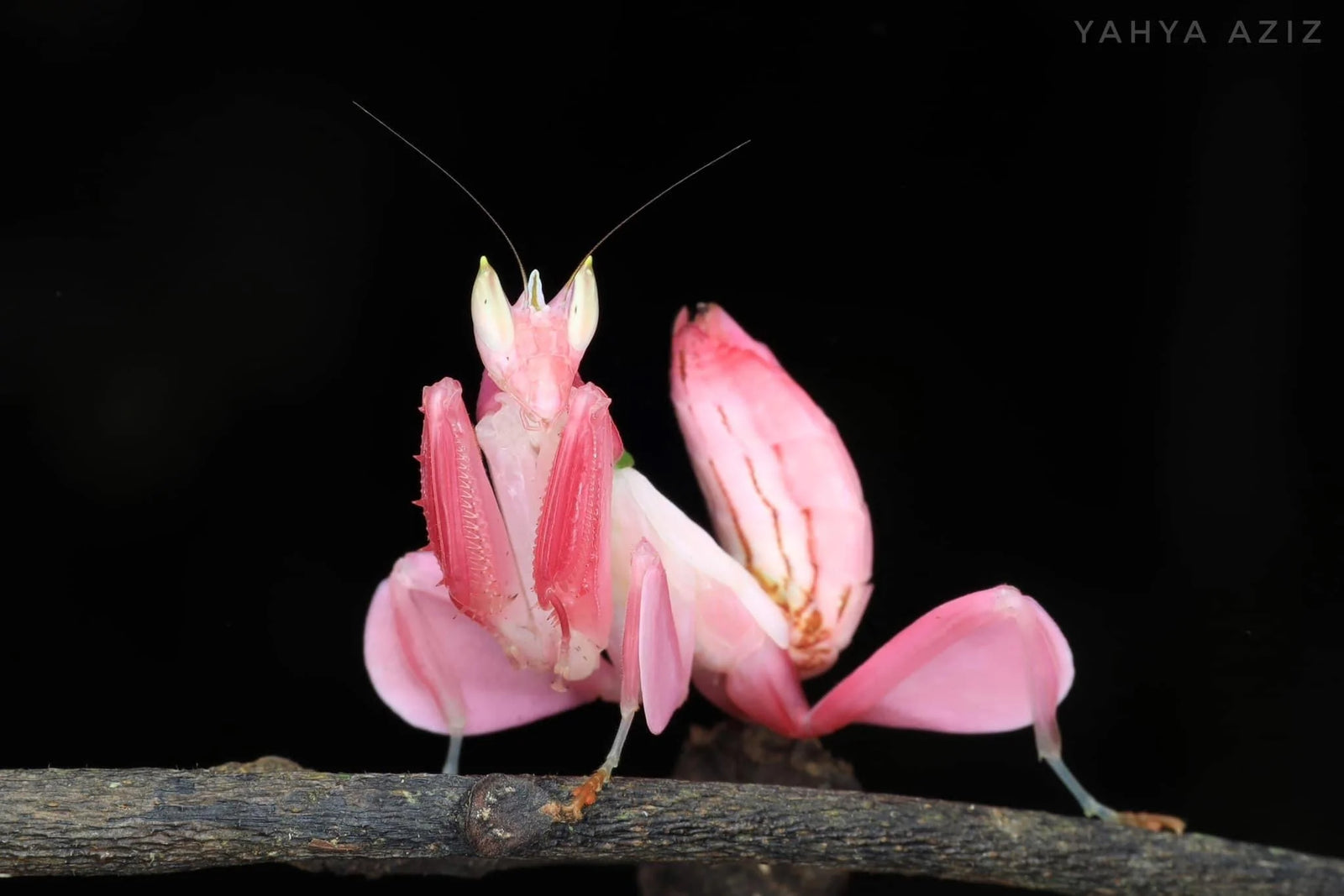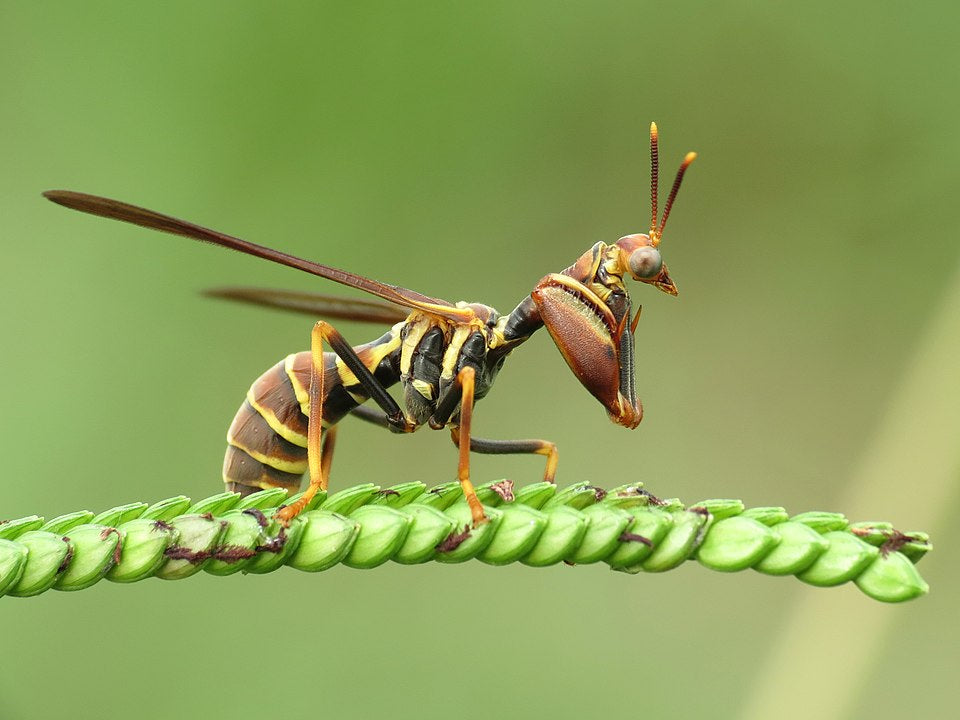Menu
-
- Home
- Contact
- Search
-
Shop
- Live Feeder Insects
-
Supplies
- Habitats
- Feeders
- Feeders and Microfauna Breeding Supplies
- Bioactive Kits
- Bioactive Supplies
- Containers
- Insect Culture Cups
- Insect Culturing Cups and Lids
- Classroom Projects
- Live Air Plants bioactive
- Substrates
- Lighting and Heating
- Cages, Habitats, Bug Boxes, Vivariums, Insectariums
- Bark
- Shipping supplies, Heat packs, cold packs, containers
- Bio-Active
- Plants
- Mantis Gallery
- Usmantis Reviews
- Praying Mantis
- Mantis
- Praying Mantis eggs ootheca for pest control
- BioActive Supplies
- Beneficial Insects
- Help Videos
- Top 5 Praying mantis as pets,
- Blog
-
Shop By Family
- Praying Mantis
- Care Sheets
- Track Order
- Live Feeder Insects
- Wholesale prices for bulk orders
- FAQ
- Galleries of Mantis Videos
-
- Home
- Search
- About us
- Shipping
- Refund Policy
- Track Orders
- Contact us
- Blog
- Beneficial Insects
- Sitemap
- Reviews
-
Film production resources
- Wholesale
- FAQ
- Login
-
English

Shipping, always an issue! Why?
September 13, 2016 3 min read
Shipping live insects is always a delicate procedure. Heat waves, storms, freezing cold,' long weekends in a truck and delivery exceptions are real.
Your role as the receiver is very important. If all goes properly you'll have a great experience and love the hobby as well as think we are the greatest! However, receiving a dead insect can be heart breaking.
Shipping properly is expensive. Time is critical! And if your thinking it can sit in the shipping box till you get home you'll be disappointed.
Live insects are perishable, if they get deliverred fast and survive they still have been stressed. Unpack and place your new friend in a humid container. A quiet spot with dim light leaving it alone overnight. Some light misting and a few fruit flies is a good idea.
Its not a toy! be gentle and patient. If you cant wait to see it eat something because you find it entertaining, then this hobby isn't for you.
These are wonderful creatures and remember one of Gods creations. If you think it came your way because your just curious and bought it, you may consider there's a bigger plan.
We hope you learn and grow with studying your insect, they are very entertaining also can seem sweet and do things you wouldn't expect from a 'bug'.
I often hear sweet stories of how some trust, ask for food, and when they see you are excited to come out to your hand, or sit on your desk while you work.
Have fun and be at the door waiting when you have a delivery coming, your part is crucial to successful rearing and the survival of this animal.
Good luck and please send pictures ask for help when you need it.
Thank You
USMantis.
Live Shipments including feeders:
In order to minimize the time in transit, we generally only ship live insects on Mondays, and Tuesdays so they don't sit in a postal facility over the weekend. Shipping days may be adjusted to account for holidays.
Shipping in Extreme Temperatures:
We reserve the right to delay live products if current temperature or forecast in either location, is above 90°F or below 40°F. We will try to notify you, but you should check the forecast our location in NY, 10589 and yours, regional as en route as well.
If the weather is too cold to ship or hot, and you have NOT purchased the necessary shipping services required, we will either hold the shipment until weather is permitting, or send you an invoice for the proper shipping service.
Live Arrival Guarantee:
Live Arrival Guarantee for live products shipped via Express shipping only. You may choose Priority mail shipping at your own risk. Tho we may refuse the order if we determine it maybe detrimental or cause suffering to the animal.
Live products cannot be shipped First Class Mail
USPS 3 day weekends and weekends in general
It is so important to us that your feeders reach you in a timely manner safe, alive, and healthy ready for you to feed your loved animals.
At the airport priority is given to guaranteed methods of shipping (FedEx 2nd & Next Day) while USPS will be given last priority. On a Monday or Tuesday following a long holiday weekend the airport will be full of shipments from purchases made over the last three days. USPS shipments can take 7 to 10 days to arrive as they are set aside (usually in another room or even just outside on the tarmac) until the guaranteed shipments are cleared out.
Leave a comment
Comments will be approved before showing up.
Also in Praying Mantis News! Join the conversation.

orchid mantis evolutionary research
June 06, 2025 2 min read
The orchid mantis (Hymenopus coronatus) transitions from black-and-red to pink-white coloration during development, a shift driven by the Redboy pigment transporter. This transition serves different ecological functions: red coloration helps hatchlings mimic stink bugs for predator avoidance, while the pink-white coloration of older nymphs provides floral camouflage for both predator avoidance and prey attraction. The Redboy transporter, upregulated by ecdysone, facilitates this shift by exporting red pigments in early stages and importing white pigments in later stages.
Evolutionary Basis:
Redboy's Role:
The Redboy transporter, a novel ABCG transporter, arose by gene family expansion and positive selection, specifically to handle the transition from red to white coloration, according to research on Nature.
Hormonal Regulation:
The hormone ecdysone regulates Redboy, ensuring the pigment transition happens at the appropriate developmental stage, according to research on ResearchGate.
Genetic Adaptation:
The evolutionary changes in Redboy have allowed orchid mantises to adapt their body color to different life stages and ecological niches.
Ecological Functions:
Aposematic Mimicry (Hatchlings):
The initial black-and-red coloration serves as a warning signal, mimicking the appearance of stink bugs, which are known to be distasteful or toxic to predators.
Camouflage (Older Nymphs):
The pink-white coloration provides floral camouflage, helping the mantis blend in with flowers and avoid detection by predators.
Prey Attraction:
The flower-like appearance also attracts unsuspecting prey, such as small insects, to their location, enhancing the mantis's hunting success.
In summary, the orchid mantis's body color transition is a fascinating example of ontogenetic camouflage and adaptive evolution, where the color changes throughout the mantis's life serve distinct ecological roles in where the color changes throughout the mantis's life serve distinct ecological roles in predator avoidance and prey attraction.
Read More

Mantis fly Mantispidae, very special insect
October 15, 2024 3 min read
Mantispidae, they don’t sting! 

Recent Articles
-
orchid mantis evolutionary research
June 06, 2025
-
New Yorker article 1955 Mantis Man
March 09, 2025
-
Mantis fly Mantispidae, very special insect
October 15, 2024
-
Do insects have feelings? Love or Hate? What’s your opinion
September 09, 2024
-
How Praying Mantises Hear: One ear
July 19, 2024
-
Identifying Domestic species
July 19, 2024
-
Invasive claims and irresponsible advice
April 13, 2024
-
Is it time for insect researchers to consider their subjects’ welfare?
April 08, 2024
-
My Awesome Summer by P. Mantis Children’s book
April 07, 2024
-
Toxodera
April 06, 2024
Categories
- animal husbandry
- best feeders
- best mantis for pest control
- breeding praying mantis
- buy praying mantis
- Cannabis
- crickets
- discussion
- dormitory pet
- Drosophila
- education
- egg
- entomology
- fertility
- flightless fruit flies
- Flower mantis
- Friendly Bugs For Cannabis
- fruit fly culture
- geometric morphometrics
- Ghost mantis
- happy experience with pets
- Hydei
- Hymenopodidae
- Hymenopus coronatus
- invasive
- keeping insects alive
- Lucky mantis
- Major League baseball Perez Kisses Lucky Mantis!
- make money
- mantis for dummies
- mantis ooth
- Mantodea
- melanogaster
- mimicry
- mismolt
- new species
- ooth
- ooth care
- ootheca
- P paradoxa
- pest
- Pest control
- pet nutrition
- praying mantis
- praying mantis care
- praying mantis for sale
- reptile feeders
- School project
- scientific research
- Sexing praying mantis
- Shipping
- signalling
- stem
- stenophylla
- Store news
- stress from shipping
- usmantis
- we buy mantis
Menu Title
This section doesn’t currently include any content. Add content to this section using the sidebar.
Subscribe
Sign up to get the latest on sales, new releases and more …
Invalid Password
Enter